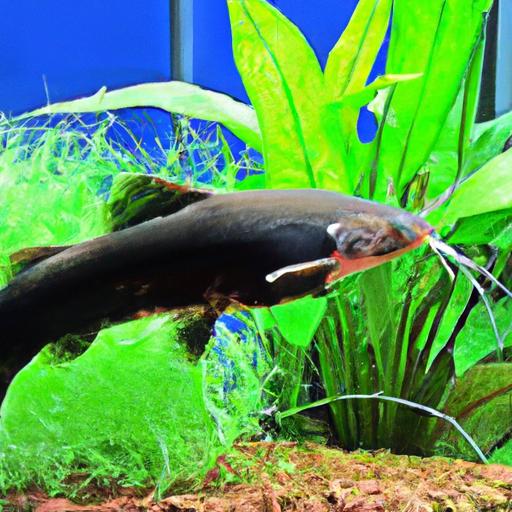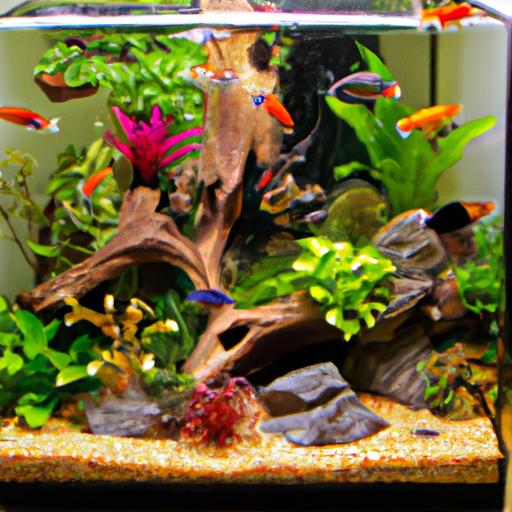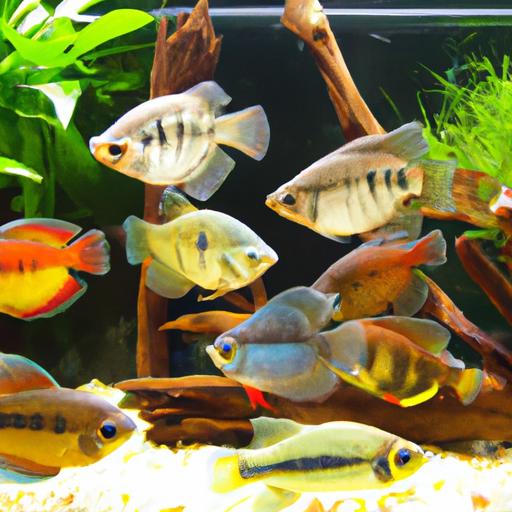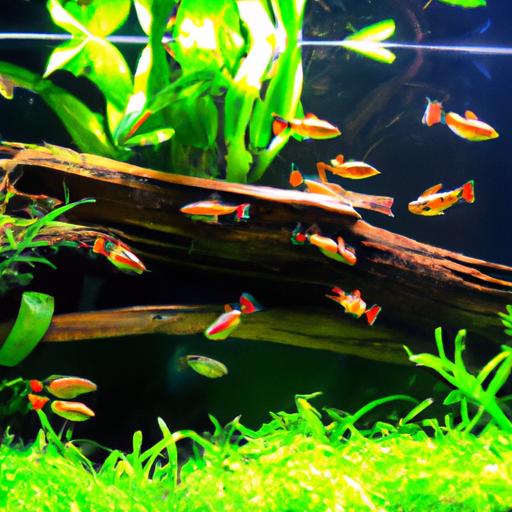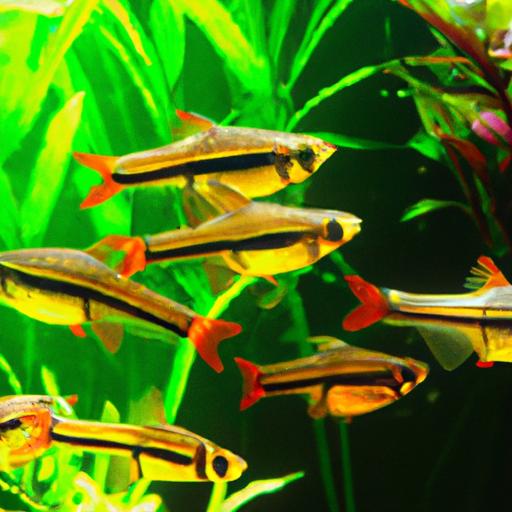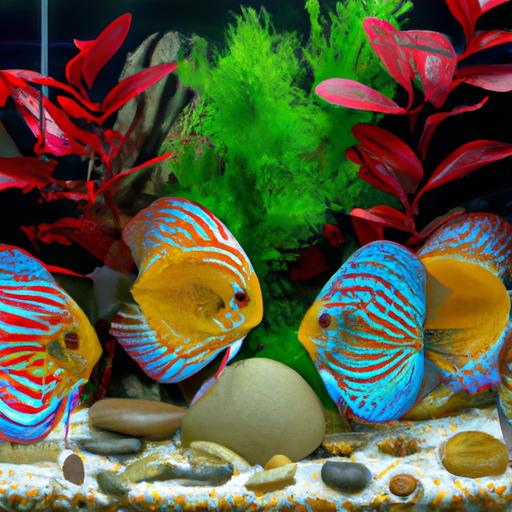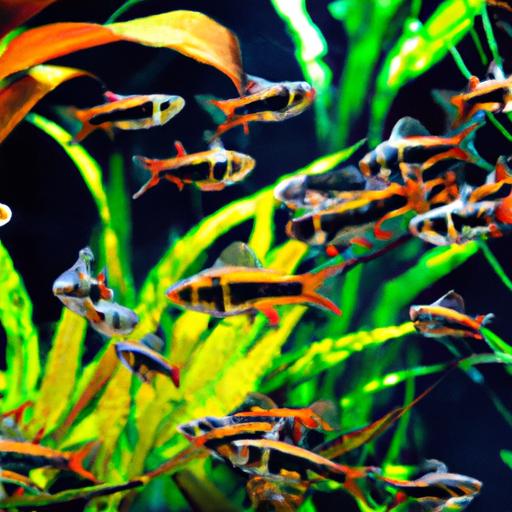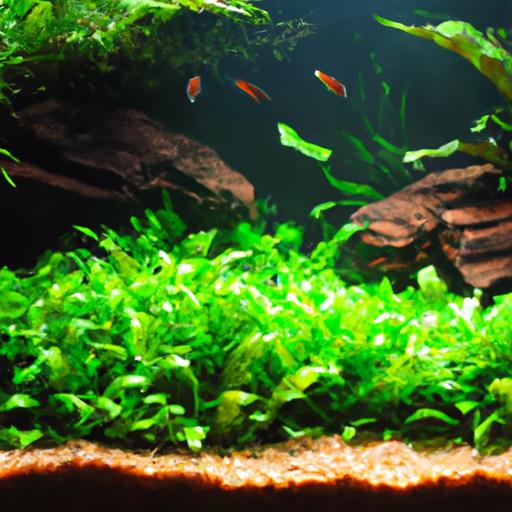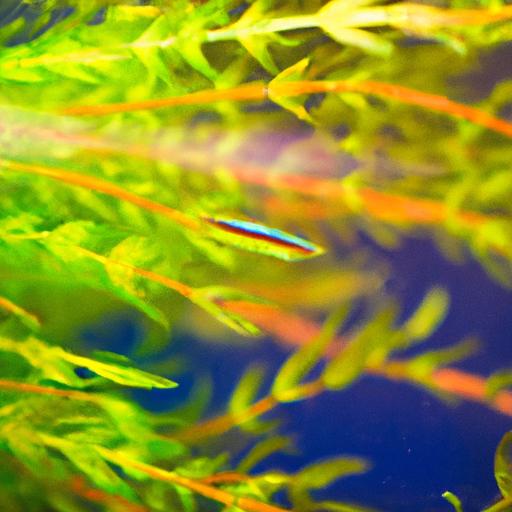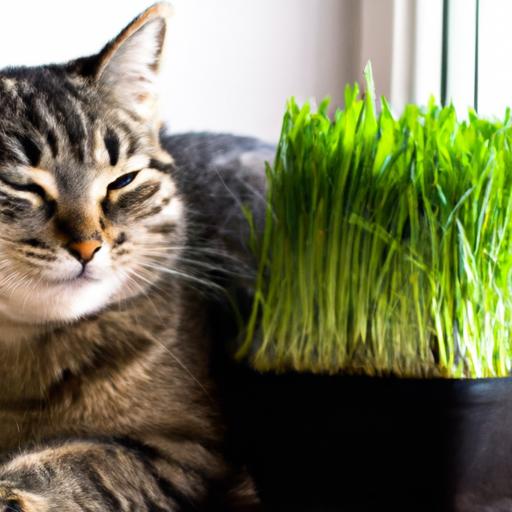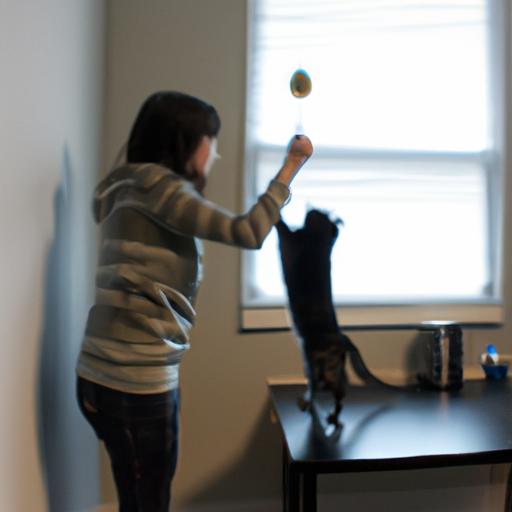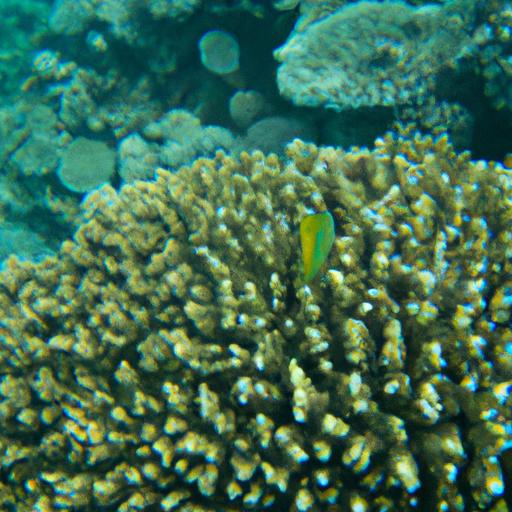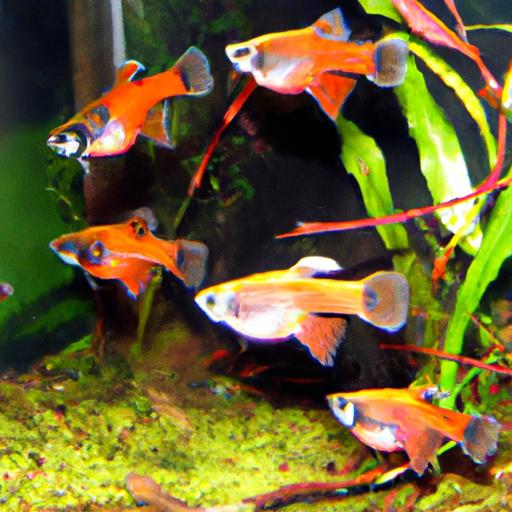
Maintaining a Happy School of Platy Fish
Discover essential tips for maintaining a happy school of platy fish. Learn about tank size, water quality, nutrition, and social interaction.
Introduction
Are you looking to create a vibrant and thriving school of platy fish? Maintaining a happy and healthy environment for your platy fish is crucial to their overall well-being. In this article, we will explore the key factors that contribute to ensuring the happiness and vitality of your platy fish. From tank size and water quality to nutrition and social interaction, we will cover everything you need to know to create the perfect habitat for your platy fish.
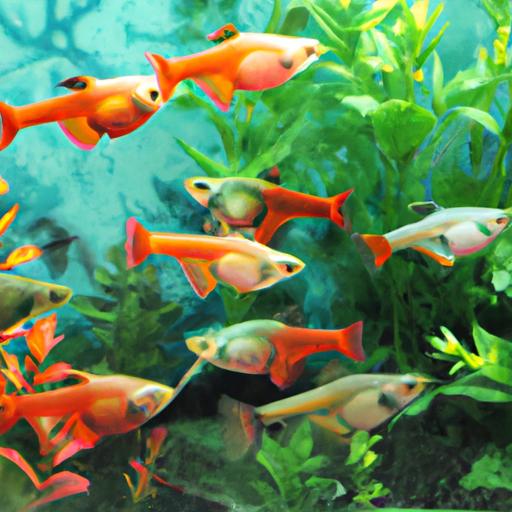
Tips for Maintaining a Happy School of Platy Fish
Providing the Right Tank Size and Environment
The first step in creating a happy school of platy fish is to provide them with an appropriate tank size and environment. Platy fish are active swimmers and require sufficient space to move around freely. A general rule of thumb is to allow at least 5 gallons of water per platy fish. This ensures that they have enough room to explore and exhibit their natural behavior.
Furthermore, it is essential to create a suitable environment within the tank. Incorporate plants and hiding spots to mimic their natural habitat. Not only does this provide a sense of security, but it also adds visual appeal to the tank. Additionally, consider the type of substrate you use, as some varieties can be harmful to platy fish. Opt for a substrate that is safe and easy to clean.
Maintaining Proper Water Quality and Temperature
Maintaining optimal water quality is crucial for the health and happiness of your platy fish. Regularly test the water parameters such as pH, ammonia, nitrite, and nitrate levels to ensure they are within the recommended range. Invest in a reliable water testing kit to monitor these levels accurately.
Moreover, platy fish thrive in water with a temperature range of 72°F to 78°F (22°C to 26°C). Use a reliable aquarium heater to maintain a consistent temperature within this range. Sudden fluctuations in temperature can cause stress and adversely affect the overall well-being of your fish.
Offering a Balanced and Nutritious Diet
A well-balanced diet is essential for the overall health and happiness of your platy fish. Provide them with a varied diet consisting of high-quality flakes or pellets specifically formulated for platy fish. Supplement their diet with frozen or live foods such as brine shrimp, daphnia, or bloodworms to offer additional nutrients and enrichment.
It is important to feed your platy fish small portions multiple times a day, rather than a large meal once a day. This helps mimic their natural feeding behavior and prevents overeating. Remember to remove any uneaten food promptly to maintain water quality.
Ensuring Compatibility and Social Interaction Among Platy Fish
Platy fish are social creatures that thrive in the company of their own kind. When creating a school of platy fish, it is recommended to have a minimum of three to five individuals. This allows them to establish a natural hierarchy and engage in social interactions.
However, it is crucial to ensure compatibility when introducing new platy fish to the tank. Avoid mixing different species that may display aggressive behavior towards platy fish. Research the compatibility of different fish species before adding them to the tank to maintain a harmonious and stress-free environment.
FAQ (Frequently Asked Questions)
What is the ideal tank size for a school of platy fish?
The ideal tank size for a school of platy fish is at least 5 gallons of water per fish. This provides them with enough space to swim and exhibit their natural behavior.
How often should I clean the tank?
Regular maintenance is essential to keep the tank clean and the water quality optimal for your platy fish. Aim to perform a partial water change of around 25% every 1-2 weeks. Additionally, clean the substrate and remove any uneaten food or debris to prevent the accumulation of waste.
Can platy fish live with other species?
Platy fish are generally peaceful and can coexist with a variety of other community fish species. However, it is important to research the compatibility of different species before introducing them to the tank. Avoid aggressive or fin-nipping species that may cause stress or harm to your platy fish.
What are some common signs of stress in platy fish?
Stress in platy fish can manifest in various ways. Some common signs include loss of appetite, lethargy, hiding, aggressive behavior, rapid breathing, or unusual color changes. If you notice any of these signs, it is important to assess the tank conditions and make necessary adjustments to alleviate the stress.
Conclusion
Maintaining a happy school of platy fish requires careful attention to their tank size, water quality, nutrition, and social interaction. By providing them with a suitable environment, ensuring optimal water conditions, offering a balanced diet, and promoting social compatibility, you can create a thriving and vibrant habitat for your platy fish. Remember to monitor their behavior closely and make adjustments as needed to ensure their ongoing happiness and well-being.
